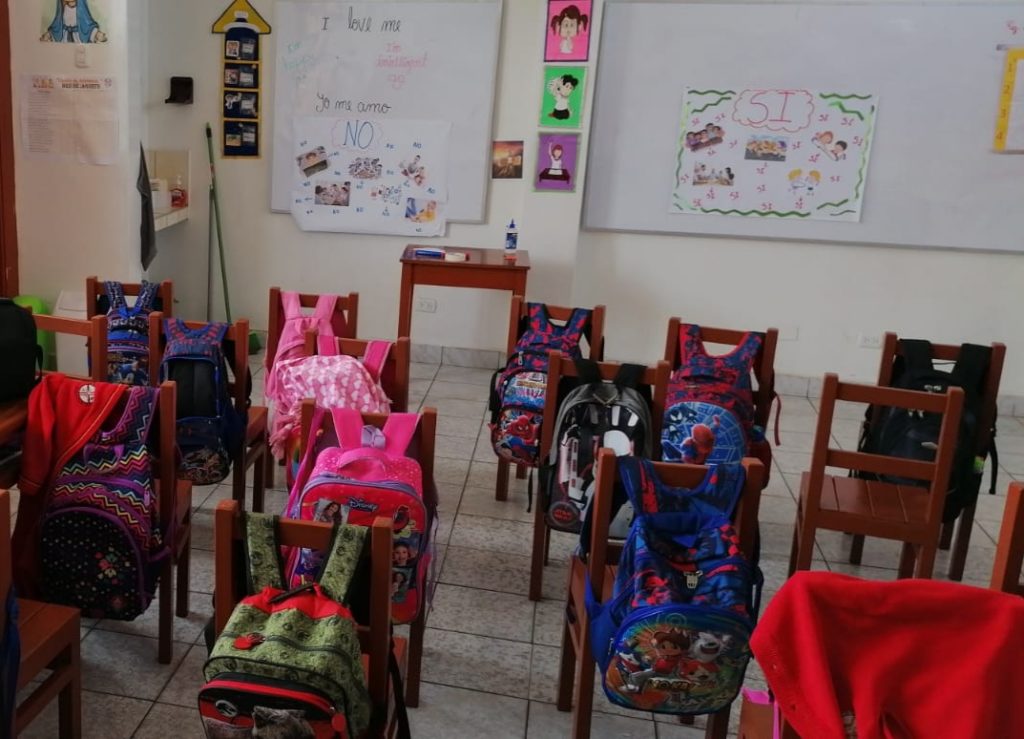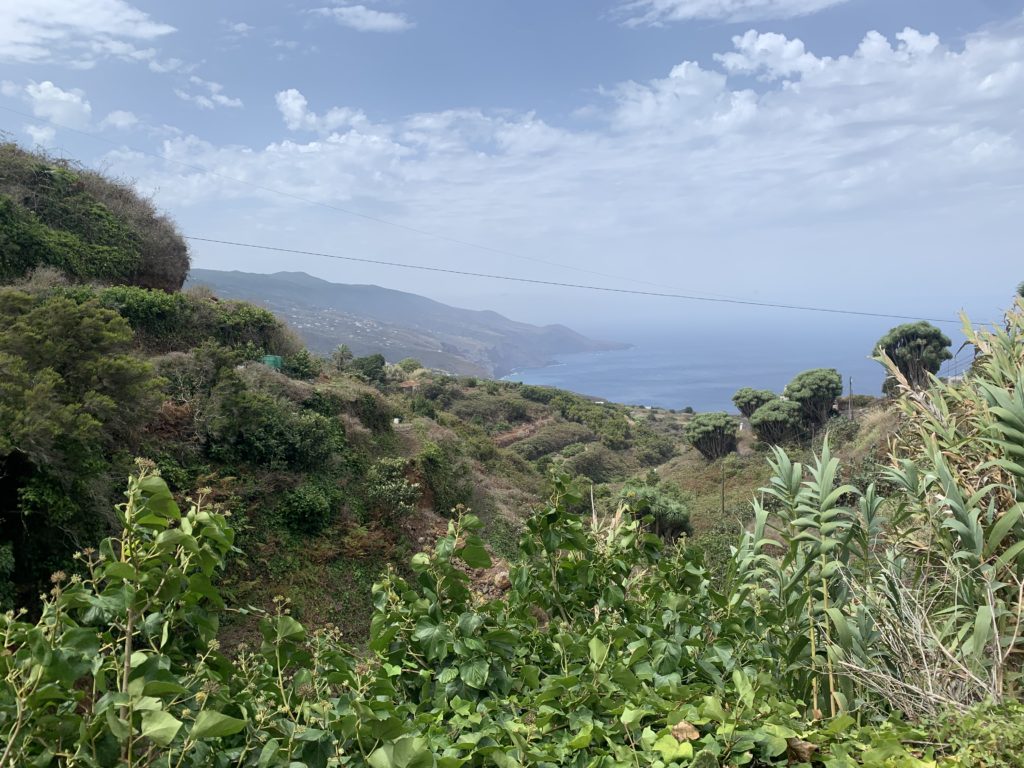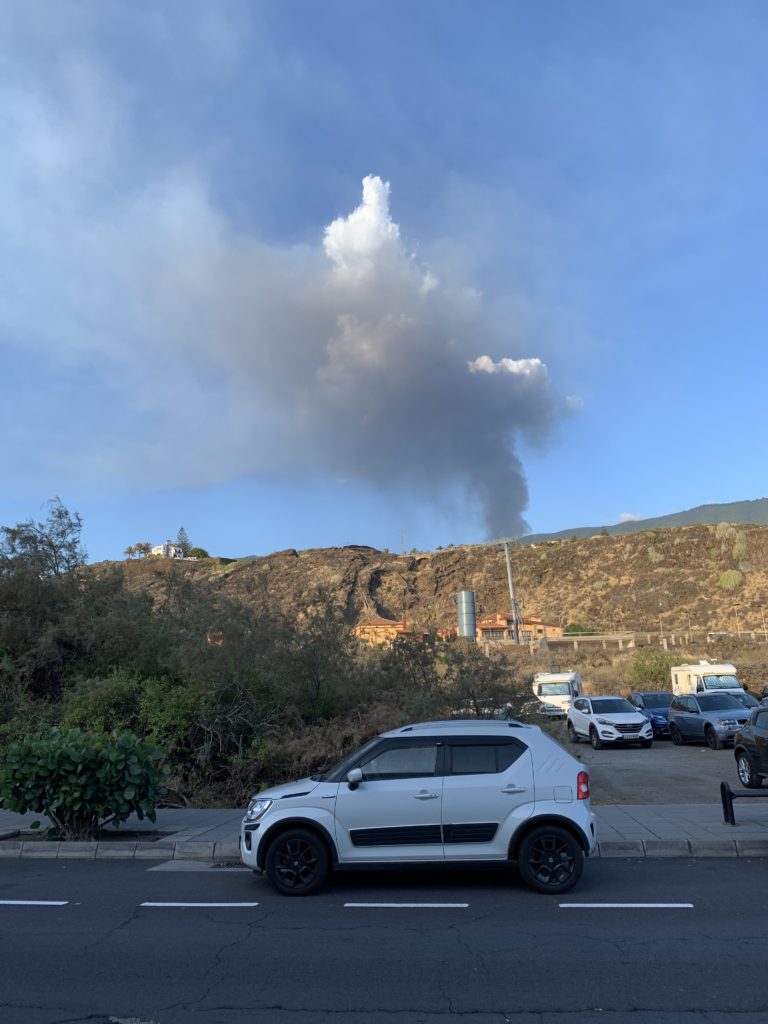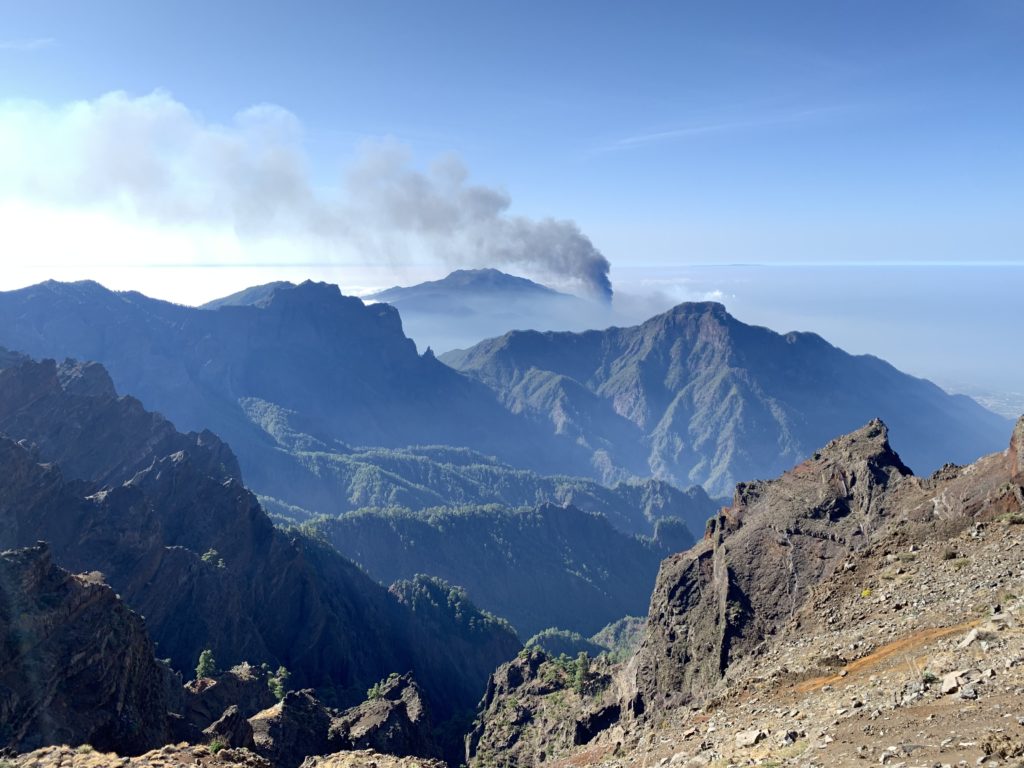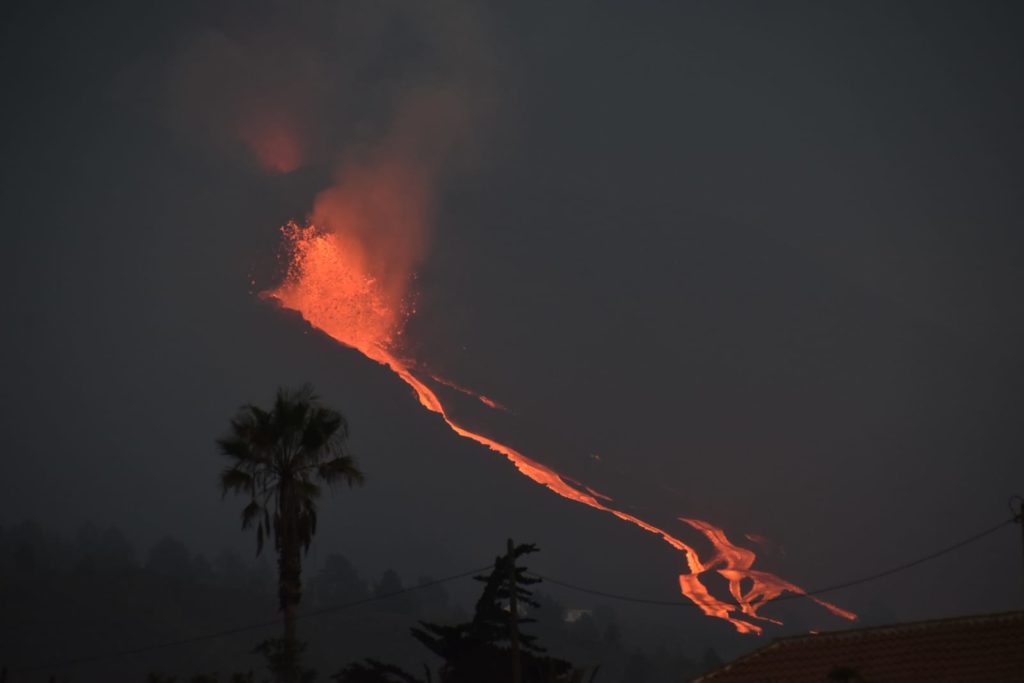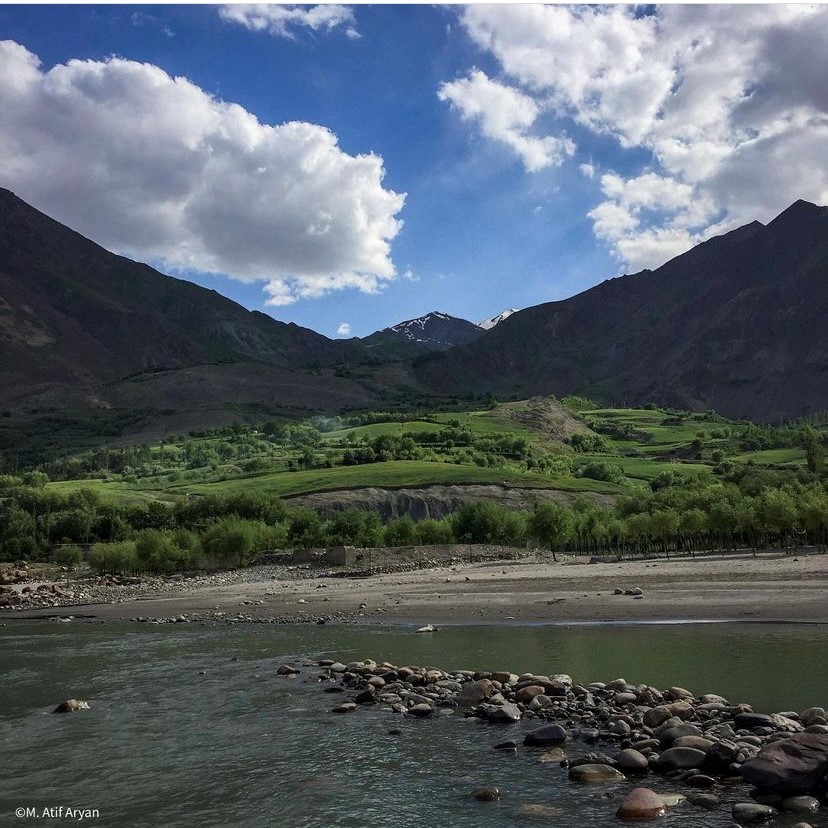Why volunteer work is great
After finishing school, I didn’t really know what to do with myself. The only thing I knew was that I didn’t want to start studying at university right away. Many of my peers were struggling just like me – we all needed a break after finishing school, but we didn’t want to waste our time. And when we had an interesting presentation on volunteer work at school my decision was made – I wanted to work as a volunteer.
So, I went to Peru and worked as a volunteer. Due to the pandemic I stayed for eight months only. And honestly, I had the best time of my life. It was not only the work at an inclusive primary school that I loved, but the whole experience. I went out of my comfort zone and it was definitely worth it. Experiencing adventures was great; however, it wasn’t primarily the travelling part that made me grow but rather my everyday life as a volunteer.
Volunteer work means that you work for the common good and not for money. And working for the common good by helping people gave me so much more than money could have given me. It’s the experiences and obviously not the money that makes it special.
Personally, I enjoyed tutoring and teaching Peruvian children so much that I decided to become a teacher. This means that working as a volunteer even helped me discover my future profession.
Voluntary work usually isn’t monotonous or clearly defined in an employment contract. This allows you to try out a variety of different tasks. As you can read above, I enjoy working with children. However, teaching children was not the only work that had to be done at school. Decorating for Christmas and other holidays, cleaning the classrooms or organizing and counting the inventory were some of the tasks that I didn’t enjoy as much as working with children. The work still had to be done, though, and the smile on people’s faces when they spotted the finished decor always made my day. Ultimately, working as a volunteer made me experience things that I love, but I also learned what I don’t enjoy too much, which is just as important as knowing what you like.
Even though working in another country and getting to know a new culture is great, voluntary work isn’t about travelling, it’s about experiencing adventures that are out of your comfort zone. You don’t have to travel to work as a volunteer. You can also stay at home and teach children in your neighbourhood if you like tutoring as much as I do. You could also work as a first responder in your free time to help people in need and to widen your knowledge about the human body or you could play some music in a retirement home if you sing or play an instrument.
Life is too short to focus on money and there’s so much you can do voluntarily to spread kindness and to be adventurous.
Author and pictures: Natalie Menhofer

